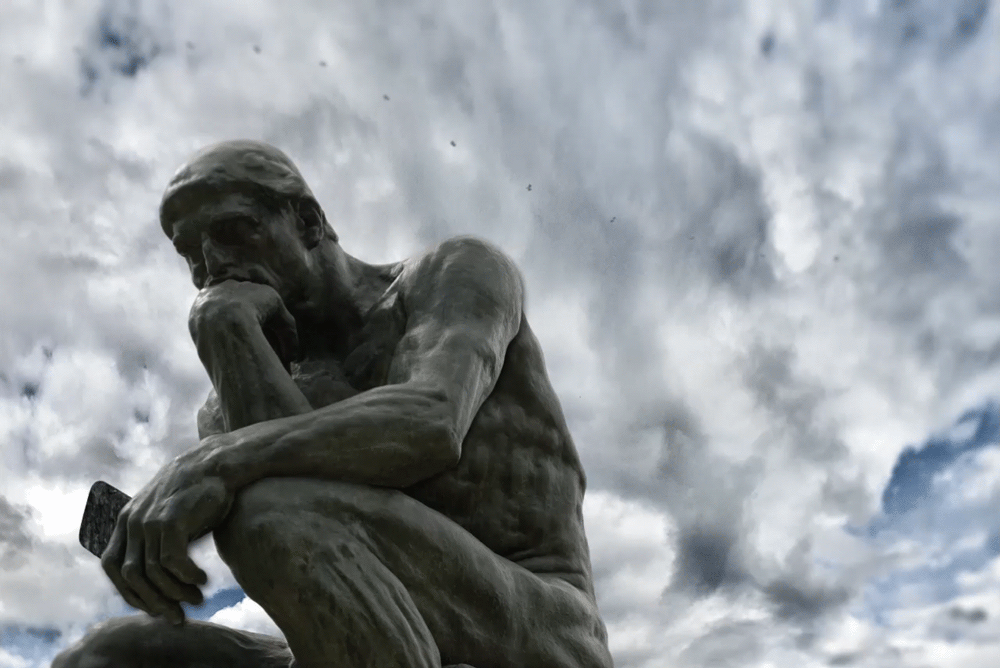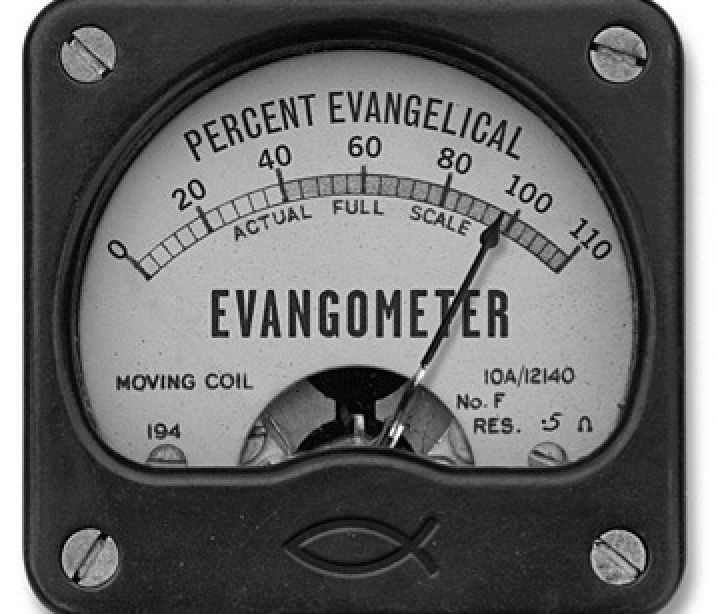People who spend years riding commuter trains — Baltimore to Washington, D.C., for me — learn that there are community rules. For example: Don’t crack up laughing and make a lot of noise.
I violated that written law several times while reading a snarky, hilarious 2000 book by David Brooks called, “Bobos In Paradise: The New Upper Class and How They Got There.” The term “Bobo” was short for “Bourgeois Bohemians.”
But what is a religion writer supposed to do while reading its “spirituality” chapter, which ended with a vision of "Bobo Heaven.” Brooks offers a tweedy angel of death sentencing an urban lawyer to spend eternity in her chic, “green” summer house, with National Public Radio on every channel. Heaven or hell?
Readers who have been online lately will know where this is going, because of the multi-media firestorm ignited by his New York Times column: “On Anti-Trumpers and the Modern Meritocracy.” That Brooks essay provided the hook for this week’s “Crossroads” podcast (click here to tune that in). Here’s a sample:
The meritocracy isn’t only a system of exclusion; it’s an ethos. During his presidency, Barack Obama used the word “smart” in the context of his policies over 900 times. The implication was that anybody who disagreed with his policies (and perhaps didn’t go to Harvard Law) must be stupid.
Over the last decades, we’ve taken over whole professions and locked everybody else out. When I began my journalism career in Chicago in the 1980s, there were still some old crusty working-class guys around the newsroom. Now we’re not only a college-dominated profession; we’re an elite-college-dominated profession. Only 0.8 percent of college students graduate from the super-elite 12 schools (the Ivy League colleges, plus Stanford, M.I.T., Duke and the University of Chicago). A 2018 study found that more than 50 percent of the staff writers at the beloved New York Times and The Wall Street Journal attended one of the 29 most elite universities in the nation.
Now, let’s leave Orange Man Bad out of this. I’d like to focus on the fact that Brooks has been writing about this phenomenon for several decades now.
As you would expect, I appreciated that Brooks dared to mention the ice-blue trends in elite journalism. I started paying attention to that in the late 1970s (hold that thought). However, I have to admit that I wondered why Brooks defined his meritocracy in terms of class (correct), zip codes (correct), resume credentials (correct), but — in this case — ignored the obvious religion themes in this drama.









